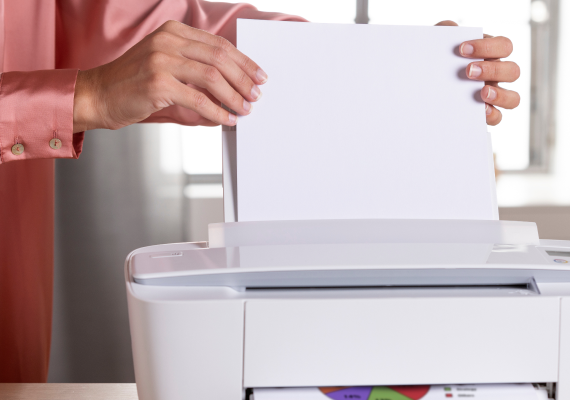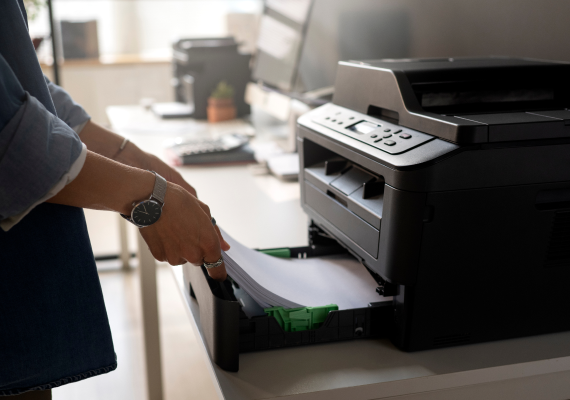Low Ink Warnings: Ignore or Replace? Here’s What to Do

Low Ink Warnings: Ignore or Replace? Here’s What to Do
We’ve all been there—right in the middle of printing an important document when a warning flashes: “Low Ink Level.” Panic sets in. Do you stop everything and rush to replace it, or do you ignore the alert and hope you can squeeze out a few more pages?
In 2025, printer technology has improved, but low ink warnings remain a common trigger for unnecessary cartridge replacements and printing interruptions. So let’s break down what those warnings really mean, whether you should take them seriously, and how to manage them smarter.
What Does “Low Ink” Really Mean?
A low ink warning is triggered by your printer's ink monitoring system, which is often based on page count, usage averages, or smart chips—not always on the actual ink level. This means you could still have a decent amount of ink left, especially if you print mostly text or low-density pages.
Important: Low ink doesn’t mean empty. It’s more of an early heads-up than an emergency alert.
Should You Replace the Cartridge Immediately?
- If your prints look fine (no faded text or streaks), you can keep printing.
- If quality starts dropping—lighter lines, missing text, or color fading—then it’s time to replace.
- If printing a high-volume or important document, consider replacing beforehand to avoid interruptions.
Printers today are smart, but they’re also designed to sell ink. So it’s okay to be a little skeptical of early warnings.
What Happens If You Ignore It Too Long?
- Incomplete prints
- Clogged printheads (especially in inkjet printers)
- Wasted paper due to bad quality output
- Printing system errors or halts
Some printers will stop printing entirely once they think the cartridge is empty—even if there's still ink left. That’s why it's good to strike a balance.
Smart Ways to Handle Low Ink Warnings
- Print a Test Page: Check ink quality. If it looks clean, keep printing.
- Switch to Draft Mode: Use less ink by changing print settings to "Draft" for non-crucial documents.
- Use Grayscale Printing: Skip color if only black ink is required—this extends your color cartridges' life.
- Shake the Cartridge Gently: Sometimes ink settles. A gentle shake (follow manufacturer instructions) can improve flow temporarily.
- Track Your Usage Patterns: If you print frequently, replace ink proactively to avoid downtime. If not, wait until the output declines.
When It’s Definitely Time to Replace
- You see white streaks or faded print, even after cleaning the printhead.
- The cartridge is past its expiry or has dried out from infrequent use.
- You're printing important materials like resumes, contracts, or photos—quality matters here.
Bonus Tip: Consider High-Yield or Refillable Options
Tired of constant ink replacement? Many 2025 printers offer high-yield cartridges, refillable ink tanks, or subscription models that auto-ship cartridges just when you need them—helping you save money and reduce waste.
Conclusion
You don’t have to panic every time a low ink warning pops up. With a few smart checks and a little printer awareness, you can decide when to replace ink based on print quality—not on alerts alone.
For more smart printer habits and DIY troubleshooting tips, browse the blog section at Flow Jet X—where everyday users become printer pros.



